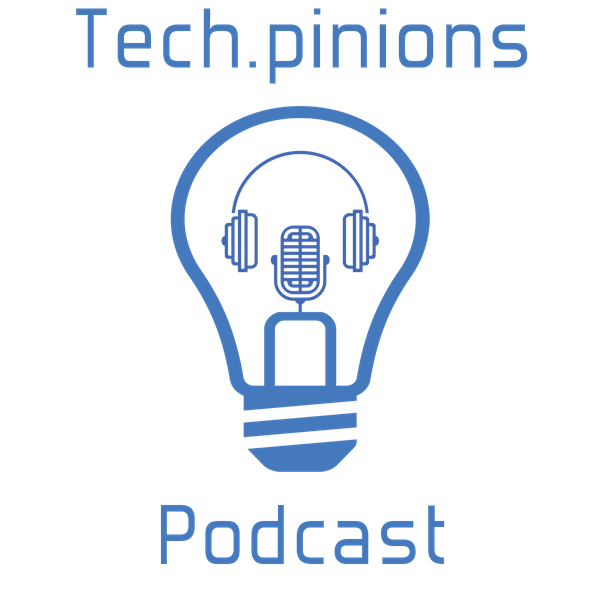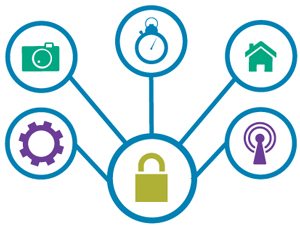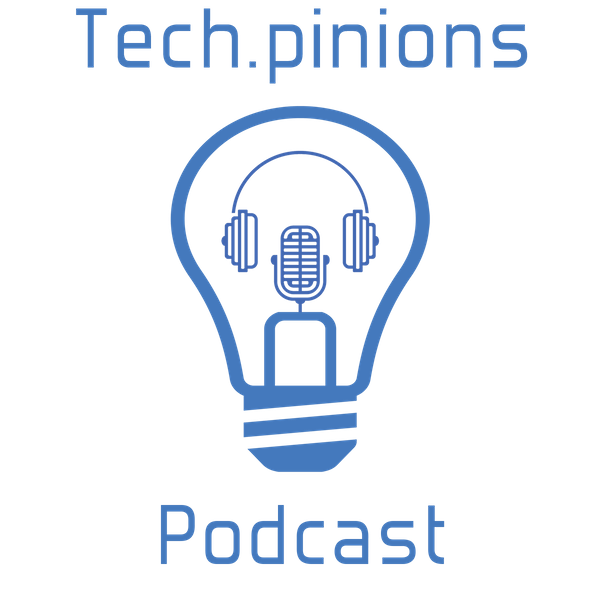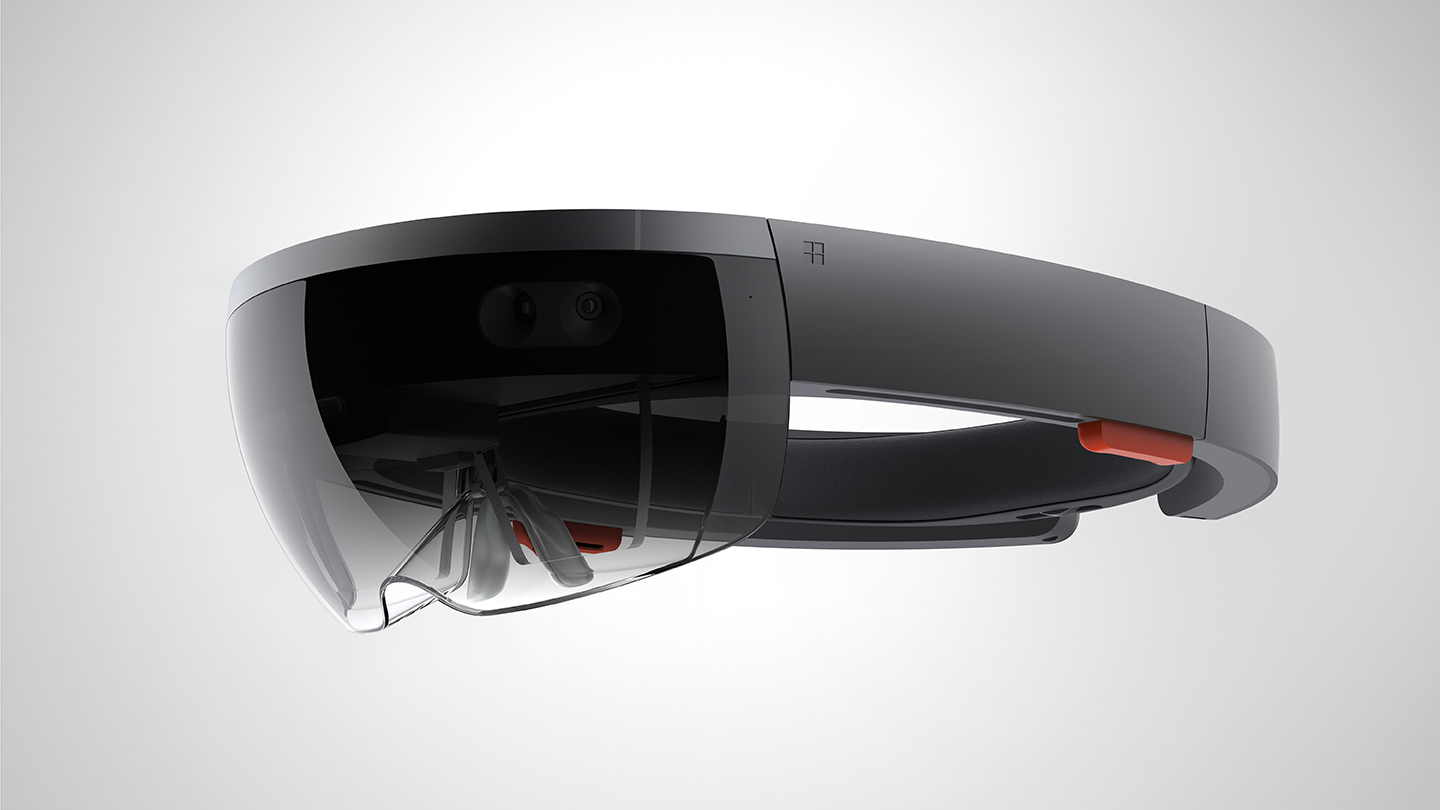I’ve been doing a great deal of research on corporate purchase, usage, and management of devices recently, and I’ve come across some interesting findings. Most importantly, the corporate smartphone is far from dead.
Though it’s easy to assume that BYOD (Bring Your Own Device) has taken over the world—especially in the US—and that everyone buys and brings their own smartphone to work, that isn’t the case. Particularly in more regulated industries like healthcare and financial services, there’s still a great deal of pushback for BYOD overall and still very healthy purchases of smartphones by these companies.
In fact, according to research I’ve recently completed, companies in those industries are purchasing 59% of the smartphones in active use by their employees—only 41% of employees’ primary work smartphones are being purchased by individuals.
In another survey of US healthcare companies, I also found 35% of them either strictly forbid or don’t have a BYOD program. Now, admittedly, the highly regulated healthcare industry tends to be a bit more conservative than others, but not by that much (typically only a few percentage points difference at most). The fact is, there are large groups of people who can’t use their own smartphone for work-related purposes and, even in organizations that do allow BYOD, a majority of smartphones are likely still being purchased by the company.[pullquote]There are large groups of people who can’t use their own smartphone for work-related purposes and, even in organizations that do allow BYOD, a majority of smartphones are likely still being purchased by the company.”[/pullquote]
Knowing this both explains some interesting market developments and provides an opportunity for products and services that are specifically targeted at this market. First, if you’ve ever wondered how Blackberry has continued to hold on, this is clearly the reason. The vast majority of their business has always been and continues to be corporate-purchased smartphones. Of course, most organizations have opened up their purchases to other operating systems, which is a key factor in why Blackberry’s unit shipments have continued to decline.
Many of the IT professionals who are making or strongly influencing these purchases also have a soft spot for Windows and this preference clearly shows up in survey results. Though it’s well known the percentage of consumers actively using Windows Phones is small, what isn’t well known is a surprisingly large percentage of companies (over 40% in several different surveys) have employees who use devices running Microsoft’s mobile OS. In fact, in a TECHnalysis Research survey of US healthcare companies, 17% of work smartphones in their organizations were running Windows Phone. This goes a long way towards explaining Microsoft’s recent comments about focusing their future smartphone development towards enterprise as a key target. They actually have a solid opportunity there.
Speaking of opportunities, there are also strong markets for tools designed to manage smartphones and the increasingly large data sets that reside on them. In addition, there are budding business opportunities for tools focused on building custom mobile applications for business. I’ve covered this topic more thoroughly in the past but suffice it to say custom applications for PCs have been at the heart of most companies’ IT operations for decades. As these organizations transition their cadre of business apps to mobile, there is great business potential. This is one of the main reasons Apple took the unusual step of partnering with IBM nearly a year ago to help build and sell these custom mobile apps. With the rapid transition to large screen smartphones, this becomes even more interesting because of how much functionality can be built into mobile apps.
The corporate angle is also the reason Samsung has invested a great deal of time and money in Knox, their device and data management tool. I expect to see Google increase their offerings in these areas well.
Tracking corporate device purchases may not be as exciting as tracking consumers, but as consumer smartphone sales start to flatten and even decline in more established markets, those interested in following the money will inevitably be drawn to these hidden opportunities in corporate smartphones.



















